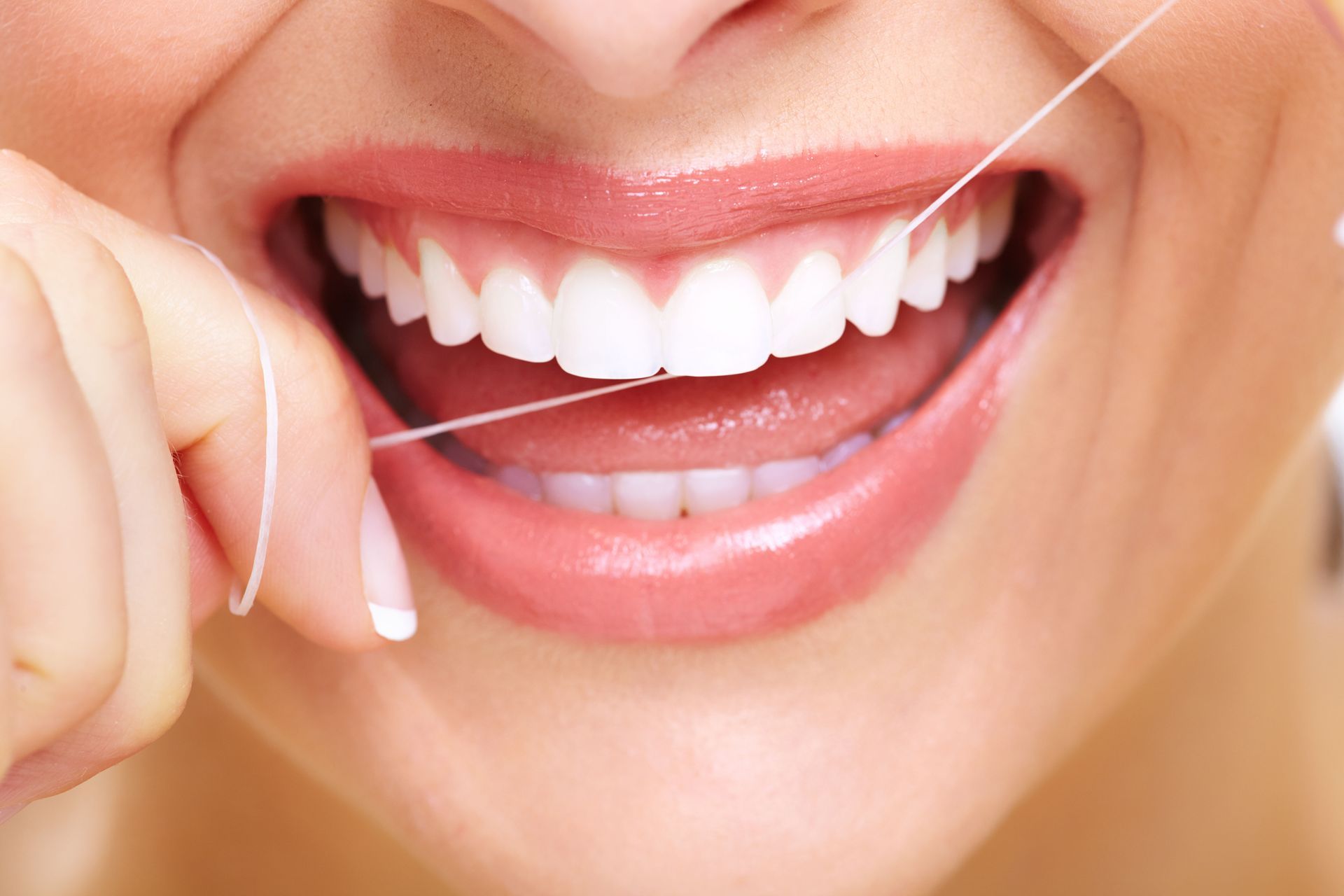3 Common Questions to Ask Your Dentist
Visiting the dentist can sometimes be an overwhelming experience, especially if you have concerns about your dental health and aren't sure what questions to ask. Understanding common questions to ask your dentist can help you get the most out of your visits and ensure that your dental health is in top condition. This guide outlines essential questions to ask your dentist and provides valuable insights into maintaining oral hygiene. By equipping yourself with the right questions, you can actively participate in your dental care. This article will explore frequent inquiries and offer detailed responses to enhance your understanding.
1. What Are the Best Practices for Maintaining Oral Hygiene?
Brushing your teeth effectively is crucial for maintaining good oral hygiene. It is recommended to brush twice a day using a fluoride toothpaste. Proper technique involves cleaning all surfaces of each tooth, using short, gentle strokes. A soft-bristled toothbrush is preferred to prevent enamel wear and gum damage. An electric toothbrush might be a superior alternative, as it is especially effective for thorough cleaning.
Maintaining an appropriate brushing technique ensures that plaques and bacteria are kept at bay. It's important to replace your toothbrush or electric brush head every three to four months. Paying attention to the toothbrush size and head can also improve access to hard-to-reach areas. Consulting with your dentist can provide guidance on the right product for your individual needs. Regular dental visits will help confirm if your brushing habits are effective.
Complementing brushing with other oral hygiene practices, such as flossing, enhances the defense against oral issues. Despite thorough brushing, some areas between teeth and under the gums might not be reached. This is where flossing plays a crucial role in removing debris and preventing decay. Maintaining a consistent oral health routine helps in the early detection and prevention of oral problems. Incorporating dentist recommendations fosters an environment for better dental health.
Flossing is an essential element of oral hygiene that targets areas a toothbrush simply cannot reach. The American Dental Association suggests that flossing once a day is sufficient for maintaining plaque control. When flossing, it’s vital to use a gentle sawing motion, wrapping the floss around each tooth in a C-shape. This helps to clean both above and below the gum line effectively. Disposable floss picks or water flossers offer alternatives for those who struggle with traditional flossing methods.
A common misconception is that flossing can create gaps between teeth, which is untrue if done properly. Rather, it removes plaque that can lead to cavities and gum disease. Proper flossing reduces the risk of these dental issues by eliminating the buildup of bacteria. Regular flossing can also lead to fresher breath by dealing with food particles that cause bad odors. It's critical to follow the technique advised by your dentist to optimize the benefits of flossing.
2. How Often Should I Have a Dental Check-Up?
Regular dental check-ups are essential for maintaining good oral health and preventing potential issues from escalating. Generally, visiting the dentist every six months is recommended for most individuals. This frequency allows for professional cleaning of plaque and tartar buildup, which brushing alone might not remove. Regular visits enable early detection of potential oral health issues, allowing for timely intervention. If you're unsure about how often to visit your dentist, they can assess your personal needs based on your dental history and risk factors.
Some people might require more frequent visits due to specific conditions or past dental problems. For example, individuals with gum disease, a history of frequent cavities, or high stress levels (which can affect oral health indirectly) might benefit from more regular dental attention. According to the CDC, 13% of children in the U.S. have untreated dental cavities. A proactive approach through regular dental visits can make a significant difference. Tailoring the frequency to accommodate individual health needs ensures that care is as effective as possible.
In addition to maintaining routine visits, it's crucial to reach out to your dentist if you notice any unusual symptoms or problems. Sudden toothaches, bleeding gums, or changes in tooth appearance warrant professional examination sooner than your regular appointment. Being vigilant and responsive to changes in your oral health helps prevent more extensive treatment needs. Your dentist can offer guidance on when additional visits are necessary based on your oral health status. Communication with your dental professional is key to achieving optimal care and anticipating potential issues.
Multiple factors can influence how often you should see your dentist, and understanding these can lead to personalized dental care. Your dental history, including past issues such as gum disease or frequent cavities, plays a significant role. If you have chronic health issues, like diabetes or heart disease, the frequency of dental visits might need adjustment due to their impact on oral health. Lifestyle habits, such as smoking or diet, also affect oral hygiene and the need for professional dental care. It's essential to discuss these factors with your dentist to ensure your oral health requirements are adequately addressed.
Age is another considerable factor; for example, children and teenagers might require more frequent check-ups to monitor the development and emergence of teeth. On the other hand, older adults could need visits more often due to the natural wear and potential for issues like dry mouth or oral cancer. Pregnant women are also at increased risk for gum disease, requiring more careful monitoring. Thus, discussing your life stage and health with your dentist can provide clarity on how often you should schedule visits. This personalization helps ensure optimal dental care.
3. What Are the Potential Treatments for Cavities?
Several types of fillings are available to treat cavities, each offering different benefits and drawbacks. The most common are amalgam fillings, known for their durability and cost-effectiveness for repairing back teeth. Composed of various metals, they withstand considerable chewing forces. On the other hand, composite resins offer a closer match to natural tooth color, ideal for visible teeth. These options provide versatility in meeting different patient needs based on their dental priorities and budget.
Gold fillings, while more expensive, provide both durability and aesthetic appeal. They are a long-lasting option often used in larger restorations where strength is a priority. Ceramics are another possibility, providing a natural appearance and good durability. However, ceramic fillings often require more material removal and, consequently, more complex procedures. Choosing the correct type of filling depends on individual preferences, the location of the cavity, and the dentist's recommendation.
Each type of filling material comes with its characteristics, affecting both cost and performance. Your dentist can help determine the most appropriate choice based on a range of factors, including the location and size of the cavity, your budget, and your preferences. Regular check-ups allow dentists to assess the condition and integrity of existing fillings, ensuring ongoing dental health.
Maintaining excellent oral health starts with open communication and proactive engagement during your dental visits. By asking the right questions, such as how to improve your oral hygiene routine, how often to schedule check-ups, and what treatment options are best for you, you can make informed decisions that support long-term dental wellness. Regular visits, personalized care, and a consistent at-home routine form the foundation for a healthy smile. For dental services you can count on, contact Alliance Family Dentistry today.






Share On: